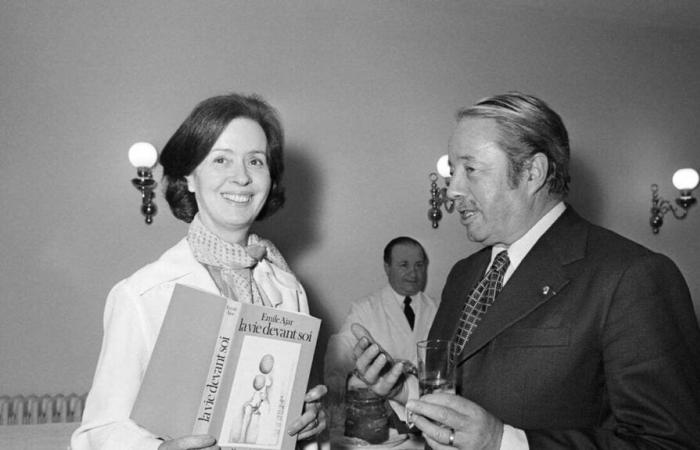The history of the most prestigious French literary prize begins in the 20th century. John-Antoine Nau, a former navigator born in San Francisco in the United States and who lives in Saint-Tropez (Var), is the first winner and receives a sum of 5,000 francs. Today, if the amount of the reward is only €10, the sales figure is multiplied by ten, twenty, or even thirty and reaches an average of 400,000 copies… which represents a nice jackpot for the winner.
In October 1914, the Academy had to choose a new table after the closure of the Café de Paris which it frequented for ten years, Drouant became the new meeting place of the “Ten”. It was on October 31 that the first meeting of the Academy took place in this new place, Place Gaillon, in the heart of Paris, a place frequented in the last years of his life by Edmond de Goncourt.
Read also: Why, for over a century, has Goncourt always been advertised at the Drouant café-restaurant?
Genesis of a price
The Goncourt, a French literary prize, the oldest and one of the most important, was “invented” in 1867 by the brothers Edmond and Jules de Goncourt, authors of Journal: memoirs of literary lifebut it was not until 1903 that, through a bequest from Edmond, the Académie Goncourt was created, a literary society of ten members whose main duty was to select the laureate from among the best works of imagination in prose, published in the year.
Novels are therefore preferred to any other literary form. Among the winners are Marcel Proust, André Malraux, Elsa Triolet, Simone de Beauvoir, André Schwarz-Bart, Michel Tournier and Marguerite Duras.
Read also: REPORTING. White wine, books and photocall… We were at Drouant, for the announcement of the Goncourt prize
The Émile Ajar mystification
No problem tainted the reputation of this prestigious award until November 17, 1975, when Émile Ajar, a virtual unknown, received the Goncourt for his novel Life ahead. A reward he renounces “for reasons of tranquility necessary for the development of his work”.
It will take several years to lift the veil on the mystification and discover that, behind this name, is in reality the writer Romain Gary… doubly winning, because he already received the prize in 1956 for The roots of the skywhich is formally prohibited by the statutes.
Read also: How Romain Gary managed to trap the Goncourt Prize jury
An exception, therefore, and a mystification in the history of Goncourt. Four days after the announcement of the reward, Romain Gary asked Paul Pavlowitch, his second cousin, to play the role of Émile Ajar for the media if necessary, which he was going to do, a little against his will. A misadventure that he will recount in another book, signed with his name, Paul Pavlowitch, The man we thought.
The affair would only be revealed after the death of Romain Gary who, in 1980, depressed, committed suicide, taking his secret with him. However, for some time now, some have expressed doubts about the identity of Ajar, from his first novel Big Hug. Romain Gary will affirm in a posthumous text, entitled Life and death of Émile Ajarhaving taken this pseudonym to free himself from his “persona” as a famous author and find the freedom to write.






